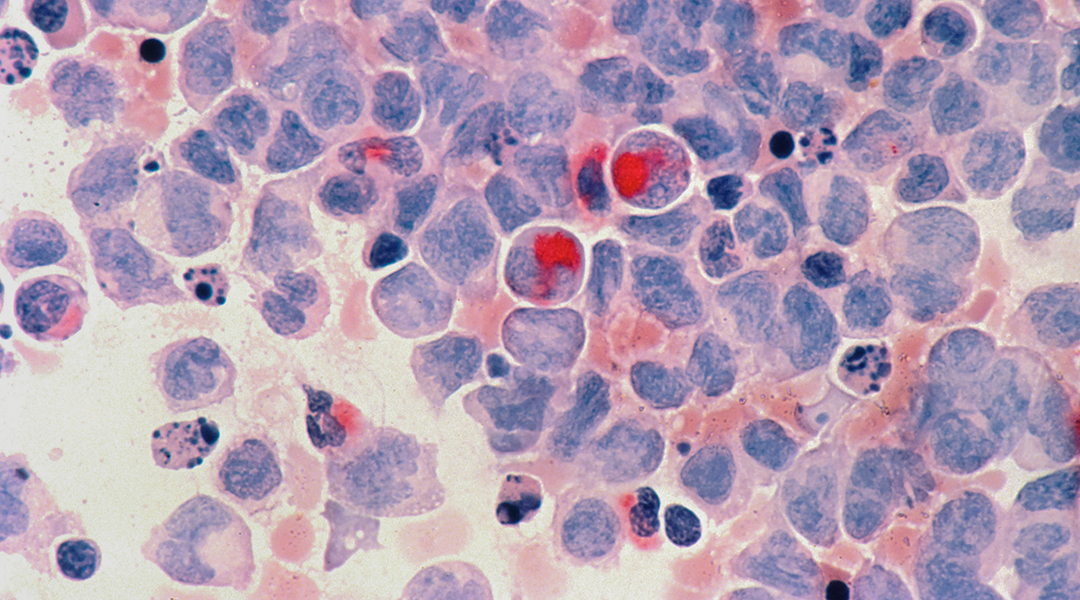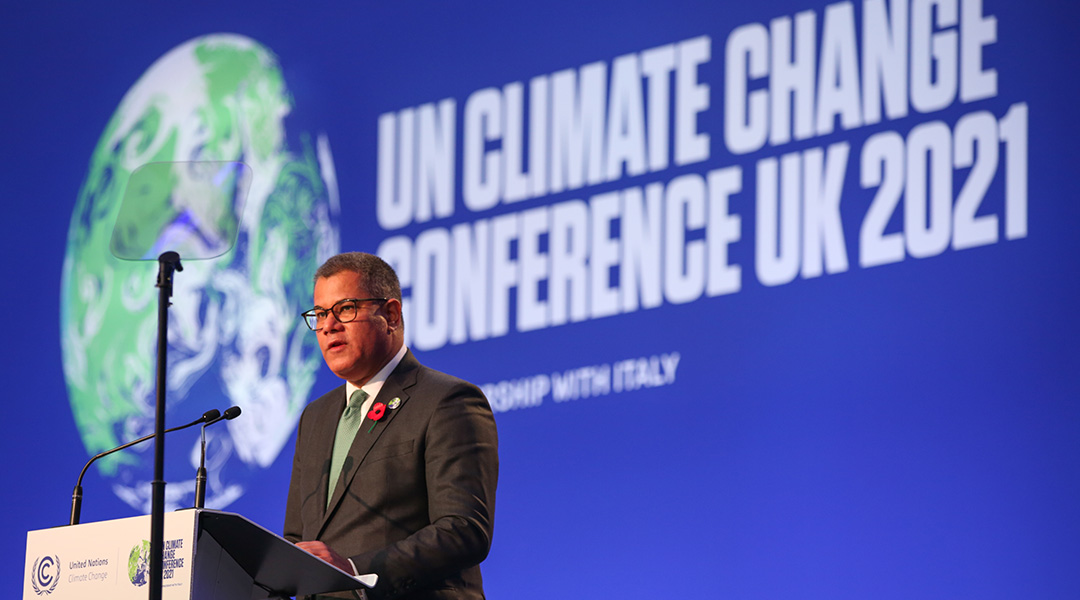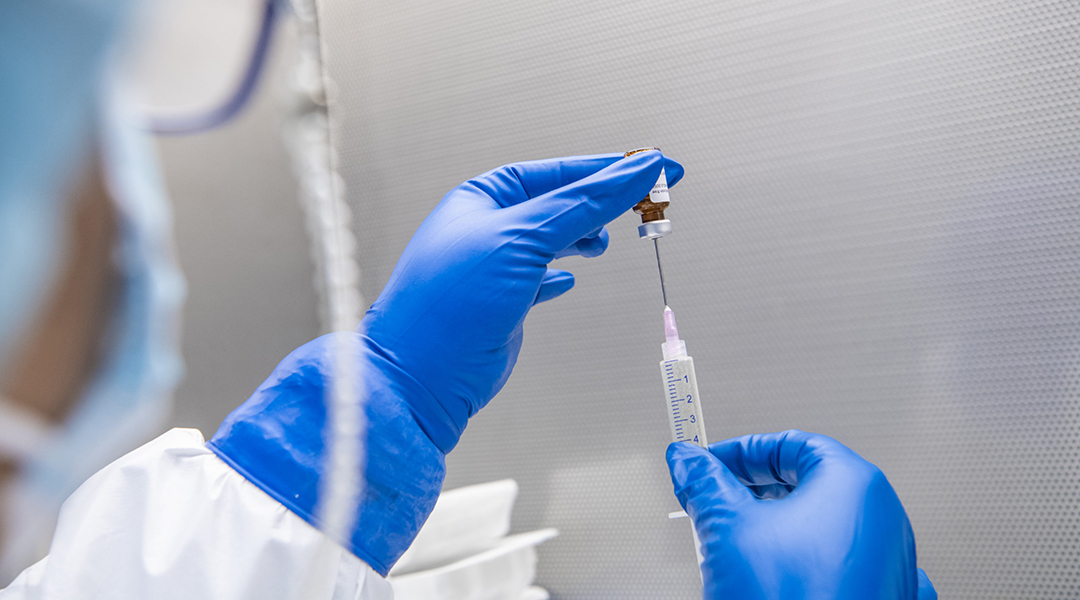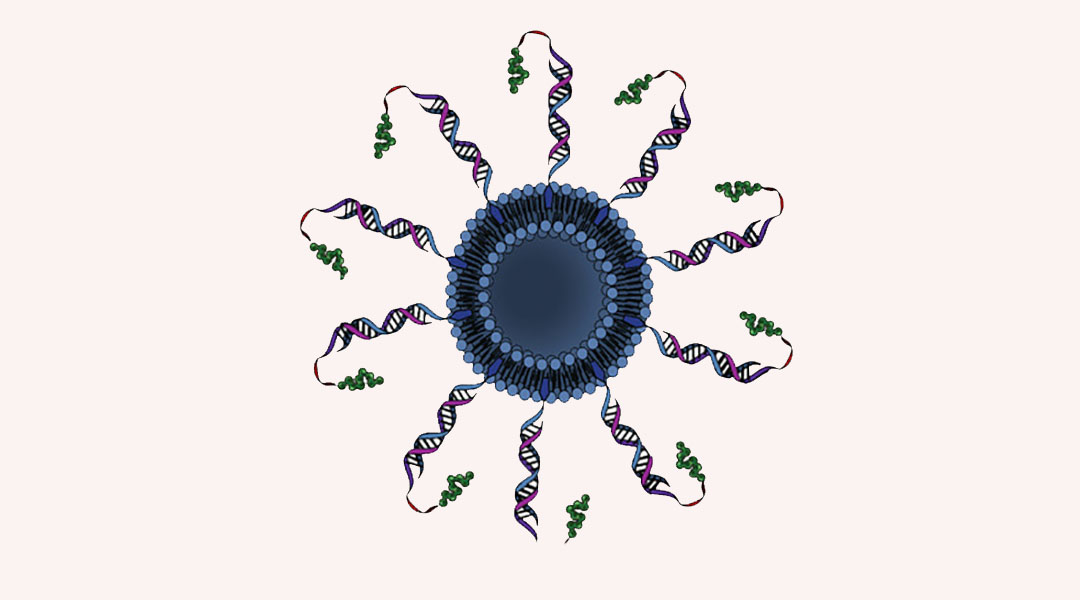Tin mono-sulfide nanosheets prove to be effective and sensitive soft X-ray detectors with potential to monitor biological systems in real time.


Tin mono-sulfide nanosheets prove to be effective and sensitive soft X-ray detectors with potential to monitor biological systems in real time.

The “Queen of Carbon” made her mark on solid state physics, but no less important is the impact she had as an inclusive and inspirational teacher.

This year’s COP26 conference will see delegations from across the globe collaborating on solutions to the climate crisis — here’s some of what their discussions should include.

A new vaccine aims to prevent one of the most aggressive forms of breast cancer.

Some of the thickest Arctic ice broke open in May 2020 with a 3000-square-kilometer crack called a “polynya.”

Scientists have found a way to reveal forbidden colors of light through a new physical effect.

Loneliness has been linked to detrimental and sometimes deadly health effects, and so researchers are seeking a biological answer to help prevent and treat it.

Spherical nucleic acids show promise as a targeted and effective immunotherapy for patients with metastatic prostate cancer.

By simplifying the production steps needed to treat surfaces with antibacterial films, scientists hope they can become more widely adopted in clinical settings and beyond.

Two vaccines in early development are stable under high temperatures and could be game changers in global vaccine equity.